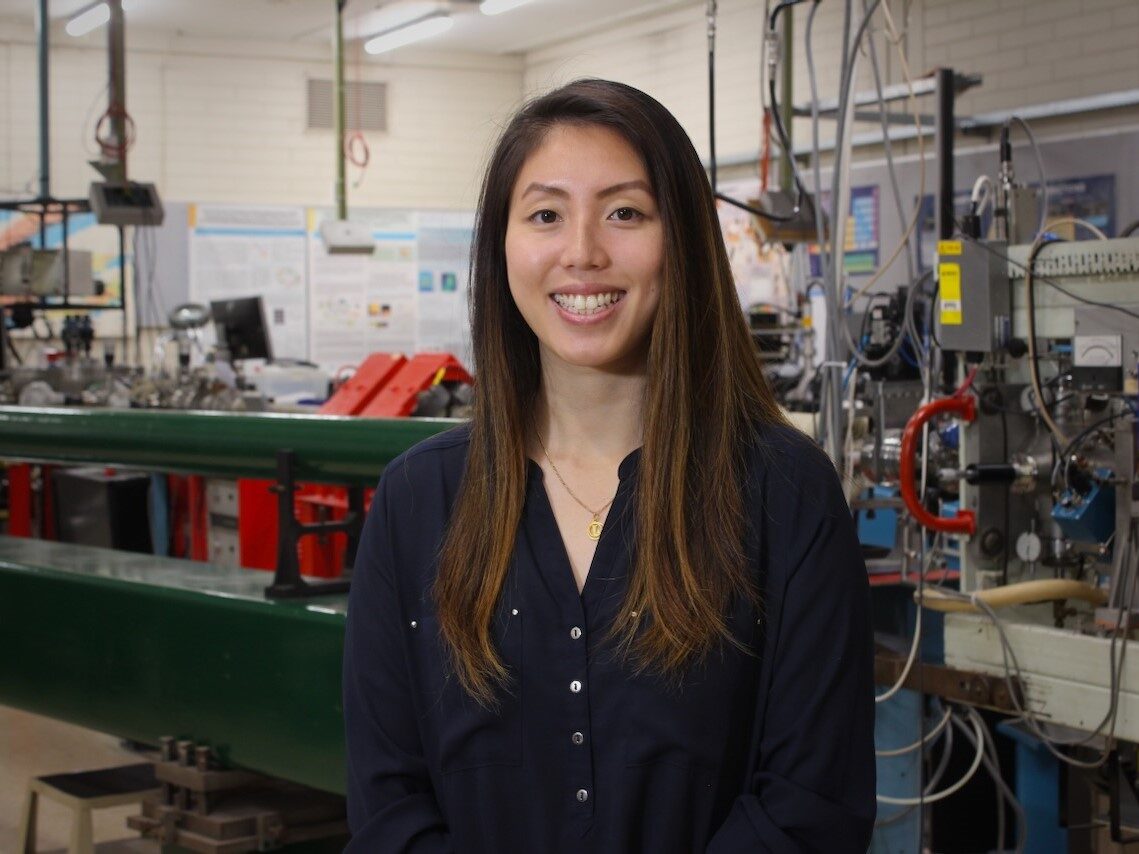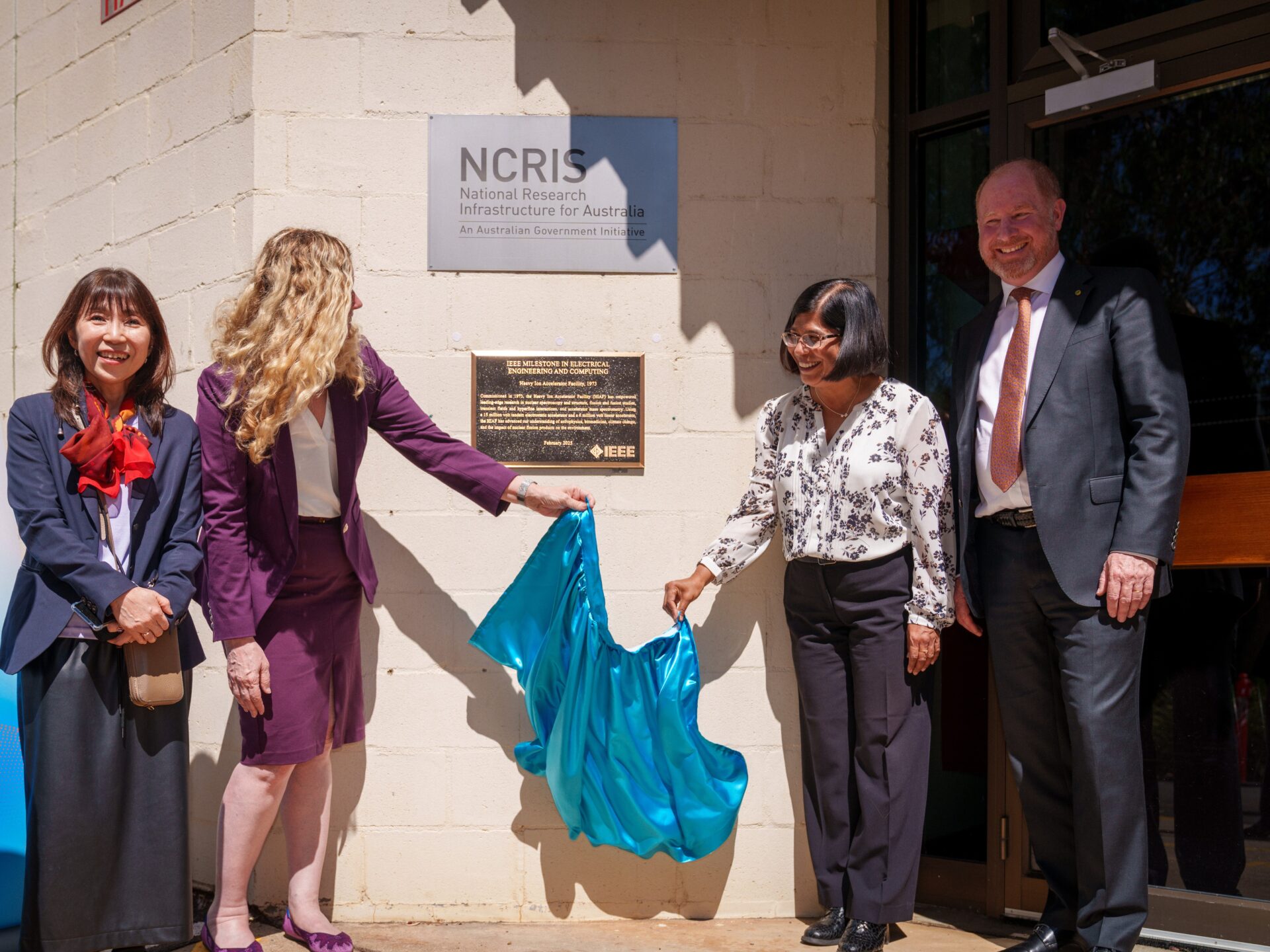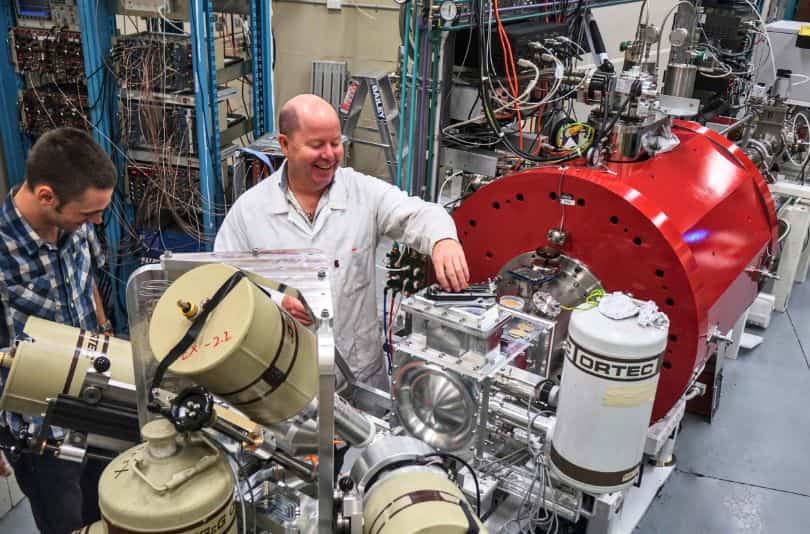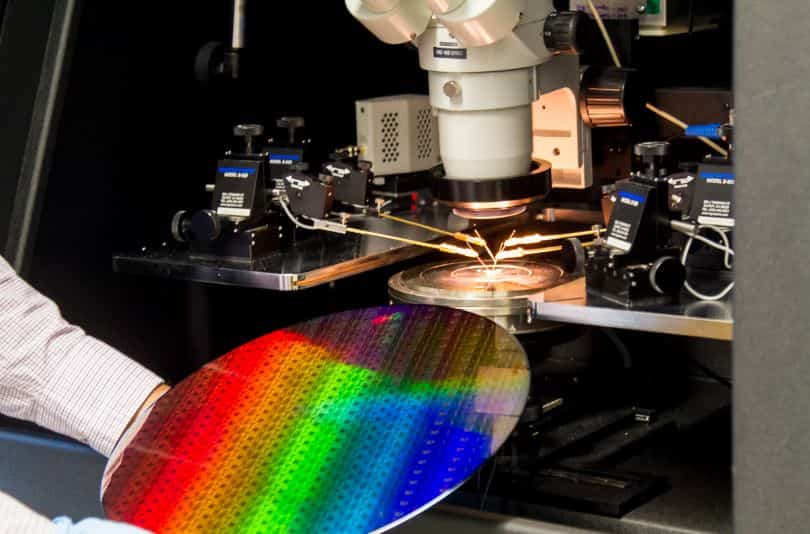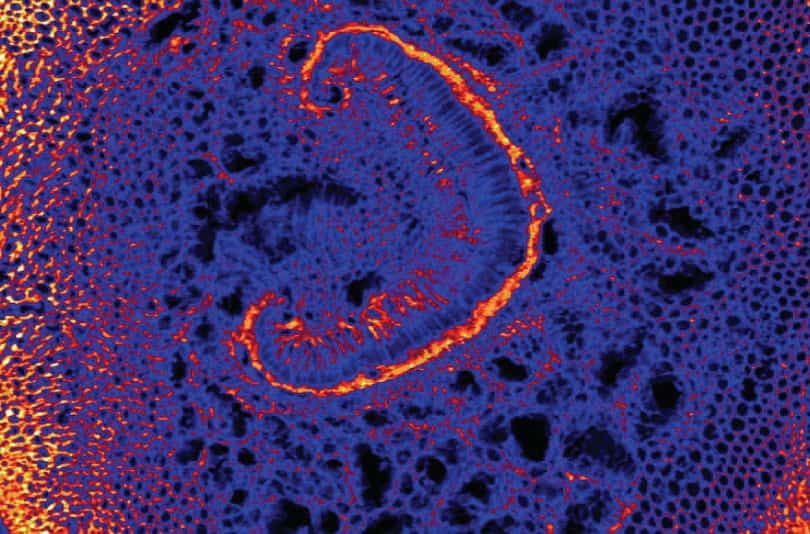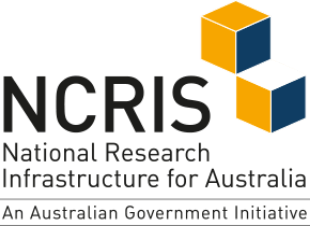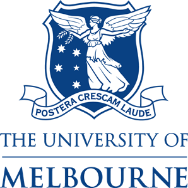Heavy Ion Accelerators
Our world leading facilities provide accelerated ion beams for a wide variety of research and industry applications

About us
Our facilities for high-energy ion beam research provide R&D capabilities that are unique in Australia and rare in the world.
We operate 24/7 to support Australian and global businesses and ARC Centres of Excellence across multiple sectors.
Latest news

Capabilities
15MV Ion Accelerator and Linac
Australia’s largest and highest energy ion accelerator, a 15 million volt tandem electrostatic accelerator with an additional 6 million volt linear accelerator loop. Accelerated ions range from hydrogen to plutonium with 11 adaptable beamlines.
Ion Beam Analysis & Ion Implantation
This is the only facility in Australia to provide controlled implantation of a broad range of atomic species into a wide range of materials. This capability supports research in areas such as microelectronics, optoelectronics, photonics, materials science, and quantum technologies.
Nuclear Ion Microprobe
Our nuclear ion microprobe provides state-of-the-art imaging and microanalysis, with applications in quantum device fabrication, nanofabrication, minerals and mining exploration. We also operated the world-leading, MAIA X-ray pixel detector array.
Research
Advancing research in areas such as space, defence, medical imaging and cancer therapies, advanced materials and quantum technologies is underpinned by fundamental science, and accelerators are key to acquiring that knowledge.
We provide a national network of state-of-the-art accelerators with highly specialised yet adaptable capabilities.
Our facilities are flexible and agile, able to respond quickly as national priorities shift, and support scientific and industrial research addressing a wide range of research challenges.
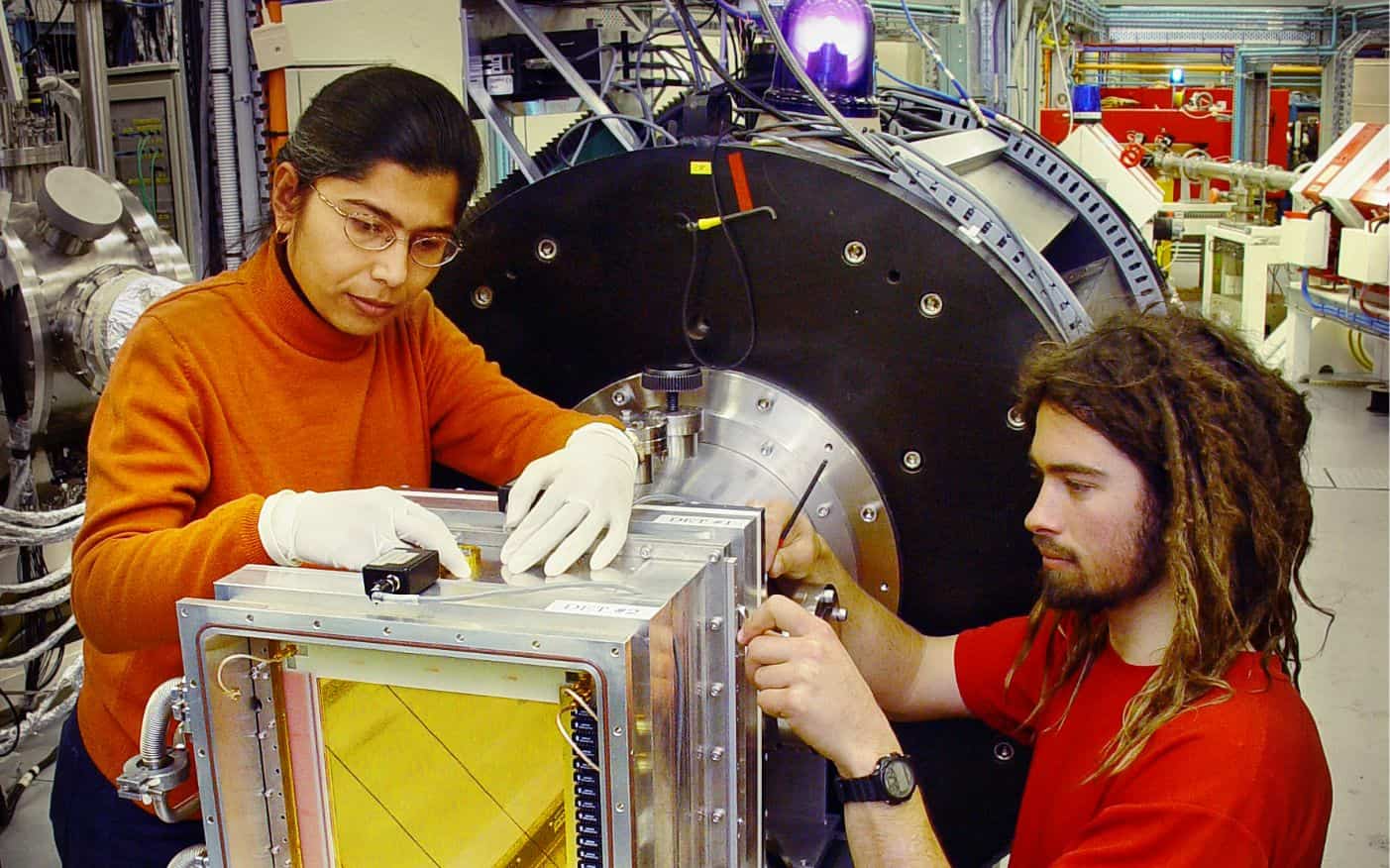

Who we work with
Contact us
Australian and international researchers and companies are using our facilities for everything from environmental tracing to space radiation. Get in touch to discuss how you can use or visit our facilities.

